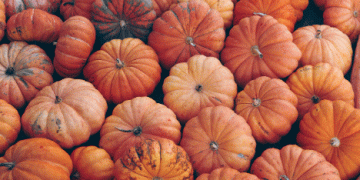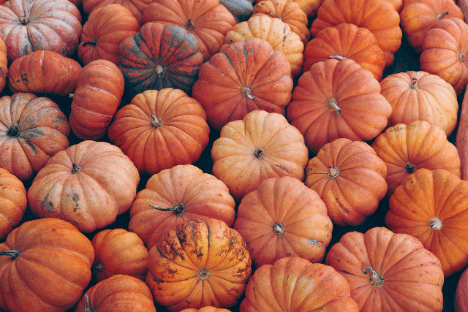Poland is experiencing an impressive transformation in its agricultural sector, particularly in pumpkin cultivation. According to data from Fructidor.com, Poland has witnessed a staggering 700% increase in pumpkin farming area over the past eight years, with production volumes soaring by 733.33%. This exponential growth positions Poland as a leading pumpkin producer in Europe, capturing a significant portion of the market.
Statistics That Tell the Story
Data from the National Center for Agricultural Support, based on Eurostat figures, reveals that by 2022, the area dedicated to pumpkin cultivation reached 8,900 hectares. This expansion yielded an impressive production total of 400,000 tons. In context, the overall pumpkin production in the European Union for the same year surpassed 1 million tons, with Poland contributing a remarkable 40% of this total.
The competition among EU pumpkin producers is fierce, with France, Spain, and Portugal following Poland in production volume. France produced 207,000 tons (20%), Spain contributed 128,000 tons (9%), and Portugal added 81,000 tons (8%). Together, these five countries account for nearly 81% of the total pumpkin production across the EU, demonstrating the significance of this crop in European agriculture.
Factors Behind the Growth
Several factors contribute to Poland’s rapid rise as a pumpkin powerhouse. Increased consumer demand for both fresh pumpkins and pumpkin-derived products, such as soups, pies, and seeds, has fueled the growth. Moreover, the popularity of pumpkins during Halloween and their versatility in culinary applications have further propelled this trend.
Additionally, advancements in agricultural technology and practices, including improved seed varieties, crop rotation, and pest management strategies, have enabled Polish farmers to enhance yields and optimize cultivation. This combination of demand and innovation is pivotal in transforming Poland into a leading pumpkin producer.
A Bright Future for Polish Pumpkins
Poland’s remarkable growth in pumpkin production signifies a noteworthy achievement in the European agricultural sector. As farmers and agronomists continue to leverage advancements in technology and respond to market demands, the potential for further expansion remains significant. Poland’s strategic positioning in the pumpkin market not only enhances its agricultural landscape but also contributes to the overall diversity and resilience of European agriculture.
The future looks bright for Polish pumpkin production, and as the nation continues to innovate and adapt, it is poised to remain a key player in meeting the growing demand for this versatile crop across Europe and beyond.
































